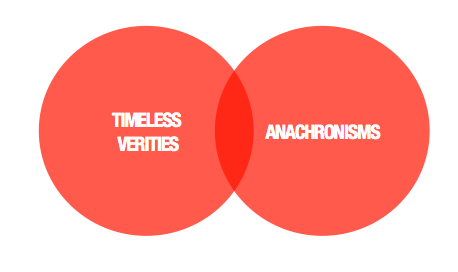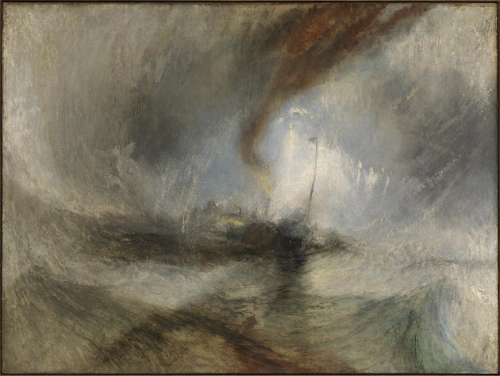‘The More One Talks, The Less the Words Mean’: Jean-Luc Godard and the Need to Refresh Our Vocabulary
‘All you need to make a movie is a girl and a gun.’
Jean-Luc Godard (also attributed to DW Griffith)
Jean-Luc Godard was a cinematic revolutionary. A leading figure of the French Nouvelle Vague in the 1960s, his films were fast-paced and cool-headed, semi-scripted and free-flowing. He shot in natural light, with hand-held cameras and no makeup. He mixed high and low culture, dramatic and documentary forms.
‘A story should have a beginning, a middle and an end, but not necessarily in that order.’
Godard sought to redefine film structure and style. He ignored the ‘fourth wall’ and his characters made asides to the camera. He was completely comfortable with discontinuity and digression.
For Godard necessity was the mother of invention: his famous ‘jump cut’ technique was initially developed to speed the action along; he used a wheelchair for tracking shots because he couldn’t afford a dolly; and he sometimes employed inexperienced actors because he liked their awkward charm.
However, despite the apparent looseness of Godard’s style, he always had a plan:
‘There is no point in having sharp images when you have fuzzy ideas.’
Throughout his movies Godard repeatedly returned to the theme of miscommunication. In his breakthrough film, A Bout de Souffle, Michel, a small time gangster played by an always smoking Jean-Paul Belmondo, sums up a flawed relationship thus:
‘When we talked, I talked about me and you talked about you, when we should have talked about each other.’
Similarly in Pierrot le Fou the ill-starred lovers consider whether they are really suited to each other:
Ferdinand: ‘Why do you look so sad?’
Marianne: ‘Because you talk to me in words and I look at you with feelings.’
In Godard’s 1962 film, Vivre Sa Vie, the luminous Anna Karina plays Nana, a young woman struggling to survive alone in the big city. Nana initiates a conversation with a philosopher in a café.
‘Suddenly I don’t know what to say. It happens to me a lot. I think first about whether they’re the right words. But when the moment comes to speak, I can’t say it. Why must one always talk? I think one should often just keep quiet, live in silence. The more one talks, the less the words mean.’
I’m sure we can all, on occasion, sympathise with this sentiment: that we cannot properly express how we feel; that people talk too much; that words have lost their meaning.
Yet we may also find ourselves agreeing with the philosopher’s reply:
‘An instant of thought can only be grasped through words. We must think, and for thought we need words. One cannot distinguish the thought from the words that express it.’
This exchange seems to me relevant to the world of marketing and communications. On the one hand, words are critical to our shared understanding of brands. We need to define, articulate and communicate what our brands believe and stand for. But, on the other hand, our industry language seems to be mired in the clichéd and commonplace, in banality and buzzphrases.
Our platform is burning, our fruit is low hanging, our expectations are managed, our diligence is due. Our approach is customer-centric, our strategy is synergistic, our brand is iconic, our tone is authentic. Our essence is passion, our benefit is ease, our mission is freedom, our purpose is to make a difference. Let’s seize the day.
Language should liberate us, but so often it constrains us.
‘A few minutes of silence can last a long time…a whole eternity.’
Franz, Bande a Part
When I played Scrabble as I child I rather liked the idea that you could miss a go and change all your letters. It seemed to suggest that we can always make a fresh start in life, if we are prepared, briefly, to step outside the rat race. I wonder, should some of our brands miss a go and change all their words?
It would be easy to imagine that Jean-Luc Godard’s films are pretentious and worthy. But actually they are thought provoking, life enhancing. As much as they engage in philosophy and morality, they are also joyous, cool and funny. And Godard’s characters are not afraid to dance.
Towards the end of Pierrot Le Fou, Ferdinand, a fugitive from bourgeois society, sums it all up rather nicely:
‘Ten minutes ago I saw death everywhere. Now it’s just the opposite. Look at the sea, the waves, the sky. Life may be sad, but it’s always beautiful!’
No. 95

















